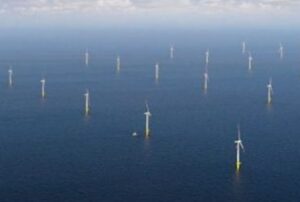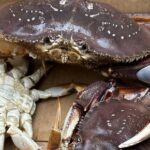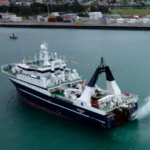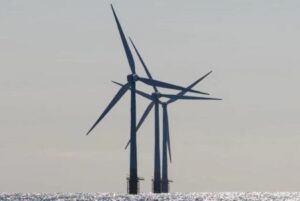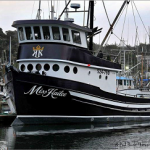Tag Archives: Fisheries Agency
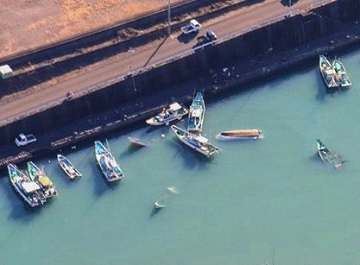
Tsunami: Widespread Fishery Damage from Tonga Eruption Reported across Japan
Fishery damage from a tsunami triggered by the recent eruption of an undersea volcano off the southern Pacific islands of Tonga has been reported in 10 prefectures across Japan, the Fisheries Agency said Friday. The agency is examining the amount of the damage, including the capsizing of fishing boats and the mass death of horse mackerel. >click to read< 08:29
Traditional fishermen in despair over Peru oil spill – Callao, Peru: Hundreds of traditional fisherman living just outside the Peruvian capital fear their livelihoods are ruined following an oil spill caused by a volcanic eruption thousands of miles away. >click to read< 10:31
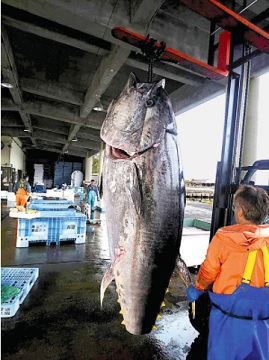
Increased quota offers ray of hope for bluefin tuna fishing industry
The decision to increase the quota cheered Takao Iwane, a 73-year-old fisherman who has plied the Sea of Japan waters off the town of Fukaura, Aomori Prefecture, for about 40 years. “Bluefin tuna prices go up in winter, so the announcement encouraged me,” said Iwane, who catches tuna using a handheld line with a single hook. Fukaura is known as one of the rock stars of Japan’s tuna fishing industry. Fishermen could operate without restrictions in waters off Fukaura several decades ago, but catches plunged around the time after regulations were introduced in 2015. In 2021, the four fishery cooperatives in Fukaura were allocated a combined quota of 302 tons. >click to read< 23:18
A look at the global eel trade reveals widespread fraud – In Japan, 9.6 tons of baby eels magically appeared in 2015
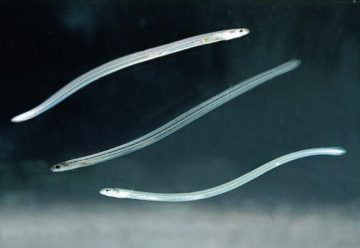 The glass eel trade is coming under international scrutiny. Already, cultured eels account for more than 99% of the world’s supplies. But the farming of these eels is totally reliant on elvers born in the wild. Although techniques to create artificial breeders to allow for the full cultivation of eels have been established, commercial production, as in the case of tuna, remains impossible. A big problem is that much of the glass eel trade essentially takes place in the dark. In Japan, the Fisheries Agency calculates the volume of the country’s eel catches by subtracting the amount of imported baby eels from that of domestic procurement. But the volume of domestic eel catches widely differs from the combined calculations of domestic catches done by prefectural governments, which issue the necessary permits. In the fishing season of 2015, for example, 18.3 tons of baby eels were procured domestically, while 3 tons were imported. The volume of eel caught domestically thus came to 15.3 tons. But data from prefectural governments, once tabulated, puts the total amount of domestic catches at 5.7 tons. The difference suggests that eel farms received 9.6 tons of glass eels from shadowy sources. Read the story here 10:36
The glass eel trade is coming under international scrutiny. Already, cultured eels account for more than 99% of the world’s supplies. But the farming of these eels is totally reliant on elvers born in the wild. Although techniques to create artificial breeders to allow for the full cultivation of eels have been established, commercial production, as in the case of tuna, remains impossible. A big problem is that much of the glass eel trade essentially takes place in the dark. In Japan, the Fisheries Agency calculates the volume of the country’s eel catches by subtracting the amount of imported baby eels from that of domestic procurement. But the volume of domestic eel catches widely differs from the combined calculations of domestic catches done by prefectural governments, which issue the necessary permits. In the fishing season of 2015, for example, 18.3 tons of baby eels were procured domestically, while 3 tons were imported. The volume of eel caught domestically thus came to 15.3 tons. But data from prefectural governments, once tabulated, puts the total amount of domestic catches at 5.7 tons. The difference suggests that eel farms received 9.6 tons of glass eels from shadowy sources. Read the story here 10:36



































